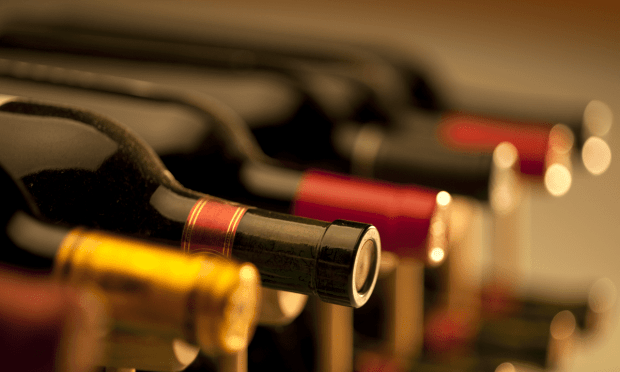Healthy Pour: Wine.com Leads Industry Surge In Online Sales

Online wine and beverage alcohol sales continue to outperform last year’s levels during the pandemic, but a new study shows the industry has a long way to go to being tech-savvy.
The success of the business can be seen in financial results released Monday (Nov. 23) from Wine.com. The company reported that it closed the first half of its fiscal year (April 1 through Sept. 30) with $176 million in revenue, representing 217 percent year-over-year growth. Measuring its full-year numbers, Wine.com’s revenue is $285 million, a 102 percent increase over 2019.
The company’s strategy of expanding its online feature set seems to be paying off.
Revenue from StewardShip members (Wine.com’s $49/year unlimited shipping program), increased 123 percent to $157 million for the year so far. The company’s mobile app has also seen significant growth. Revenue from mobile devices increased 105 percent to $100 million. The company has also introduced Picked by Wine.com, a personalized wine subscription which combines the expertise of sommeliers with a proprietary algorithm to select recurring shipments of six wines for each customer based on their tastes and preferences.
Wine.com’s business is U.S.-centric but the surge in online wine sales has caught fire across the pond as well. Naked Wines, which has distribution in the United Kingdom as well as the U.S., is dealing with the U.K. coronavirus lockdown. U.K. consumers saw a need to order early both for the holidays and to stock up for the lockdown and crashed the company’s site recently and the company continues to see strong demand online both in the U.K. and the U.S.
“People are expecting to be buying online,” said Naked Wines U.K. Managing Director James Crawford after the company reported first-half results and increased its forecast of full-year sales growth. “They know that it’s going to be challenging because of courier and warehouse capacity and all of that stuff. And actually, they’re making sure that they get their order in early.”
While the online sales business is thriving, a new report shows that wineries are struggling with the technology necessary to open their own eCommerce capabilities. Part of the issue stems from the labyrinth of state laws that regulate shipping of wine and other alcoholic beverages.
Inventory management software is the biggest obstacle to using technology according to a research project from industry analyst company Ekos. But wineries also rely on technology across their business, especially to drive eCommerce and wine clubs like Wine.com, Winc and Naked Wines. Interestingly it found that the smaller the winery, the heavier the reliance was on direct-to-consumer (D2C) sales. Tasting room sales are down significantly due to COVID, and wineries are finding digital solutions are rising in popularity. Industry data shows that from March to May 2020 showed that phone and ecommerce orders rose from 3 to 26 percent of total sales and wine club orders grew from 23 to 35 percent.
“With COVID, you can’t rely on traditional sales channels because people can’t come to the tasting room and get a glass of wine from you,” said Ekos CEO Josh McKinney. “That means everyone has to get creative. Making the shift to technology can propel a winery to the next level, especially when dealing with so many challenges, from adapting to more frequent fires to attracting new types of consumers in an oversaturated market. And with one-third of wineries predicting that digital/online sales will be the top trend over the next five years, technology becomes more important than ever.”
“The wine industry is behind other alcohol producers in adopting technology, and the survey revealed that wineries recognize it,” said Wine Industry Advisor. “When asked to give themselves a grade from F to A+, wineries with less than 1,000 cases rated themselves as a C. As winery size increases, the rating they give themselves goes up — but just a little. The overall average was a B minus, with 41 percent giving themselves a B and 34 percent a C.”
